 A baby's Crepundia, colorful and rattling A baby's Crepundia, colorful and rattling Nowadays we buy all sorts of toys for our children, starting them off with the simplest ones: balls, pull-toys, rattles and such. When Lucas was a baby boy, his favorite was a cushy soft ball with a rattles inside--"Shakey Shakey"--he always like to squeeze it tight and shake it. Then there was his spinning top, the kind you pump down on for it to spin. Lots of twirling colors delighted him. Then there was his bouncer, with it's assortment of colorful gizmos for him to touch, hear and chew on. And at 12, he still sleeps with his oldest and dearest friends... his plush "Cushy Bear" and "Moo-Cow". Kids were always kids... even in the ancient world parents gave their kids toys... First of all, the Romans had something for baby... the Crepundia. This was a string or leather lace strung with small toys and ornaments in the form of flowers, swords, axes and other tools, and lucky charm shapes, like a half moon. The resulting necklace was hung around a baby's neck to amuse him with their shapes, colors and rattling sounds. Of course, many first toys used by plebeian children were made from things found in nature: rocks, sticks, clay, acorns, pine cones, or vines or husks made into primitive dolls. Sometimes childhood fun is as simple as that. A game called Battledore, resembling badminton, used flat paddles hitting pine cones back and forth, or cork with feathers stuck into them used as the shuttlecocks. Pebbles could become a game with the dirt becoming a game board or a place to draw with a pointy stick. . And of course there were dolls... made from fabric and stuffing, carved from wood or made from terracotta. Modern parents would have a hard time picturing a child cuddling up to a terracotta dolly. I wonder how many must have been broken in a tantrum during the Terribili Due (the Terrible Twos). For the toddlers, there were pull toys made of terracotta or wood in all sorts of animal shapes. Some pull toys were horses and chariots... one can imagine a young boy playing the part of the latest charioteer champion. As a boy got older, he might build a little cart to hitch a mouse to. As a kid, I remember putting my hamster behind the wheel of a remote control Model-T Ford model that I had... I loved watching him with his little paws on the steering wheel, going round and round. He seemed to like it, too. The older boys and girls had outdoor toys... sticks and hoops, balls, yo-yos, swings, bow and arrows, sling shots, hobby horses, marbles, and games similar to kick-the-can, hide-and-seek and tag. And you can imagine some great racing games using toys with wheels on them... "My chariot can beat your ox cart! I'll bet 5 marbles that I can!" Sling shots--the same type David used to slay the Giant--came in useful to teach young boys how to hunt. And swimming was enormously popular for Roman boys. They would either go to a special swimming pool (Roman baths were too shallow for "plunging") or to the river. Boys were taught to swim as part of their formal education. Of course, all a kid needed to do was have a ball and a stick and he'd make up a game. If he didn't have a ball, a rock or pine cone would do. When I was a boy we played stickball with an old broomstick and a cheap 10 cent pink ball called a Spalding (Spaldeen, we called it). Even thousands of years ago kids had games similar to field hockey or baseball or basketball--they had baskets, after all. 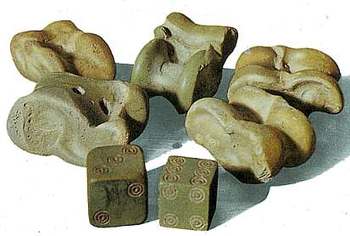 Roman dice and knucklebones Roman dice and knucklebones Games were popular too, just like today. One of the most common was tic-tac-toe--played just as we do today, with Xs and Os. Some were carved into walls while most games were just scratched into the ground for temporary fun. Another similar game, Rota, was played with small stones on a layout that looked like pizza cut into 8 slices. Cube shaped dice, as we know them, were around for at least 5000 years. There were always dice games, many for children and others for adult gambling. A precursor of dice, and a popular game, in and of itself, is Knucklebones (also called astragaloi), a game usually played with five or ten small bones. In ancient times, the "knucklebones" were the the actual knucklebones (astragalus), small ankle bones of a sheep, although there are ancient "bones" made from precious gems, bronze or glass. The oldest version of a knucklebones game determined a winner depending on which side of the knucklebones landed facing up. (Both sides are distinctly different in shape.) In another, the bones were tossed up in a manner similar to modern Jacks, with one knucklebone tossed into the air, and the player trying to pick up as many others as possible while it is airborne. Curiously, differently shaped bones would be worth different points. In another Roman game called Tali, the knucklebones are marked as dice are, with dots representing numbers--the resulting toss gives a player a hand to beat, similar to dice or playing cards. You can actually still purchase Knucklebone pieces. There was also a game called Tabula that was very similar to backgammon of today, except it was played with three dice, but for most part, dice games of chance were left to adults--especially soldiers--for gambling. Still, boys have to learn the game from someone. I can imagine a father teaching his son how to play, as I've taught Lucas to play backgammon.  A Child's wax tablet and stylus - for schoolwork or just doodling A Child's wax tablet and stylus - for schoolwork or just doodling An interesting fact is that when Greek and Roman girls, "came of age" (at 12-14 years old) it was customary for them to sacrifice the toys of their childhood to the gods. On the eve of their wedding, young girls around fourteen would offer their dolls in a temple as a rite of passage into adulthood. And yes... girls were married off after the age of 12. Here are some other facts about what childhood was like in the Ancient World:
If a kid got bored with his toys, there was always spending time with his best friend, Il Cane, who might be called Craugis (Yapper) or Asbolos (Soot) or Scylax (Puppy). The ancient Romans loved using Greek names for their pet dogs. I sure did... first with Teddy, then with Prince and most of all with Sargent Pepper when I was a teen.
Have fun! Ciao bambini! --Jerry Finzi If you enjoyed this article, please SHARE it and LIKE it on your favorite social media site. And don't forget to stop back soon... Ciao! We also have pages on: Google+ StumbleUpon
13 Comments
Elizabeth
4/1/2020 01:48:13 pm
I just Love this story thank you
Reply
nooooooooooo
5/27/2020 09:21:04 am
gt
Reply
Anna
10/14/2021 07:43:31 pm
This was so helpful for my History project thank you for taking the time to make this website:)
Reply
Laura L
1/8/2022 11:06:24 pm
Very interesting. Thank you!
Reply
Your comment will be posted after it is approved.
Leave a Reply. |
Categories
All
Archive
June 2024
|



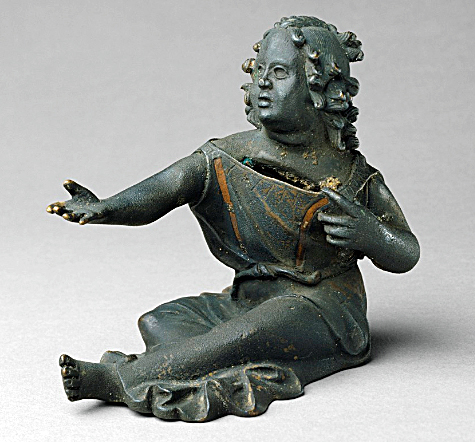





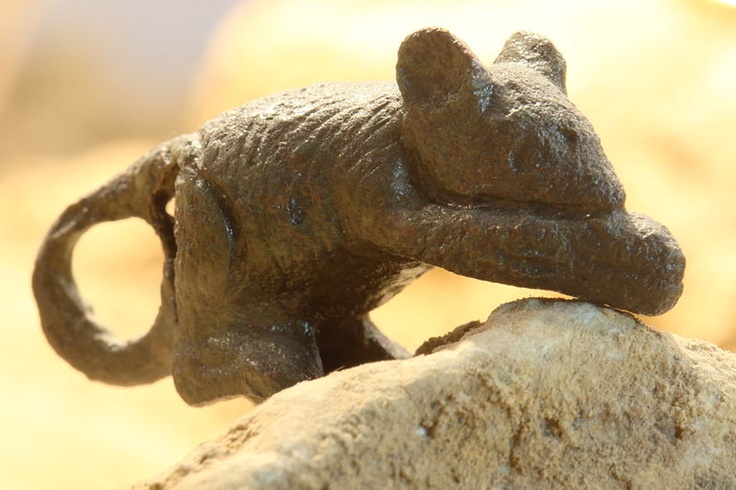











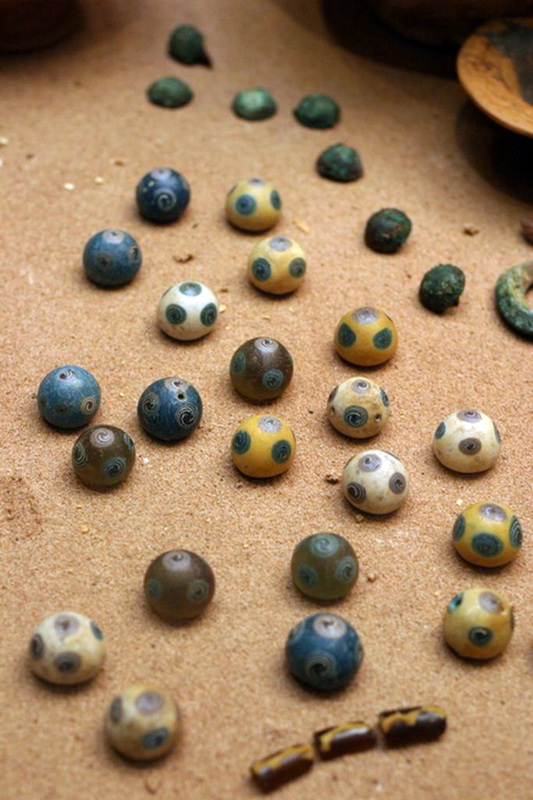
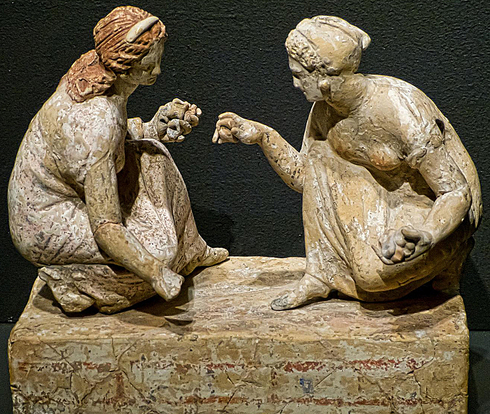

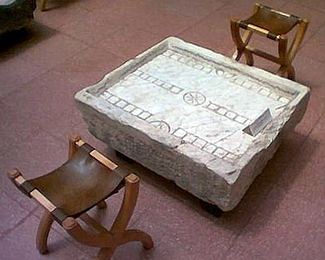

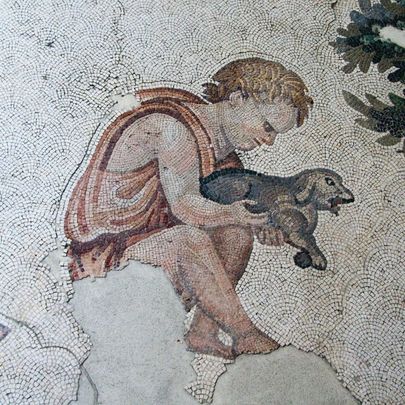
 RSS Feed
RSS Feed
